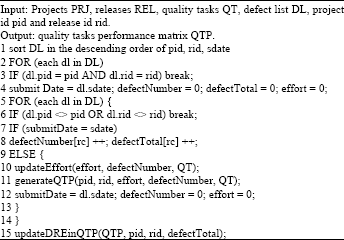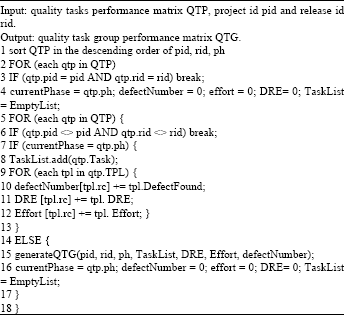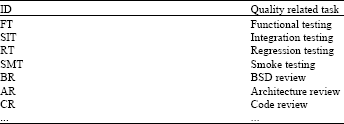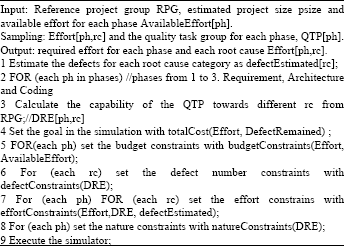Research Article
Scheduling Quality Related Activities in Incremental Software Development Projects Based on Monte Carlo Simulation
College of Computer and Information Engineering, Zhejiang Gongshang University, Hangzhou 310018, China
Jie Chen
College of Computer and Information Engineering, Zhejiang Gongshang University, Hangzhou 310018, China
Yujia Ge
College of Computer and Information Engineering, Zhejiang Gongshang University, Hangzhou 310018, China
Zhixian Chen
College of Computer and Information Engineering, Zhejiang Gongshang University, Hangzhou 310018, China
Yun Ling
College of Computer and Information Engineering, Zhejiang Gongshang University, Hangzhou 310018, China






















